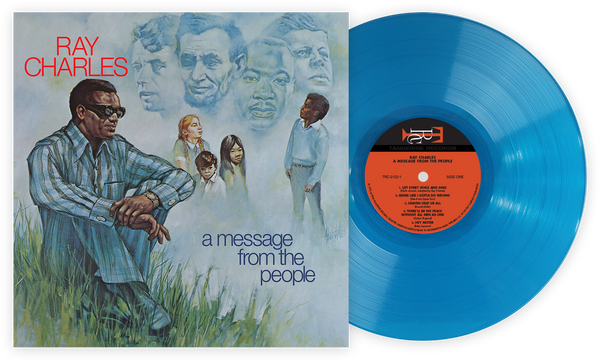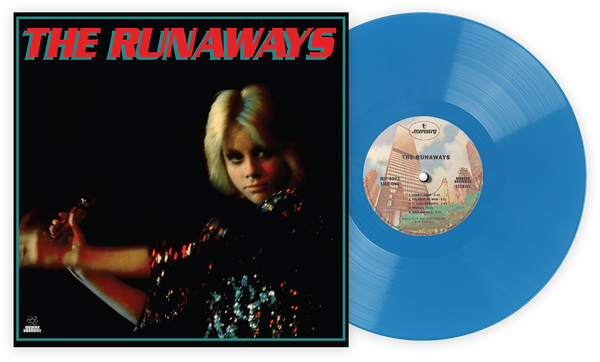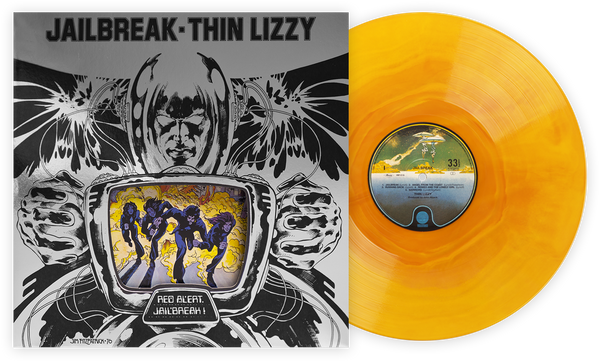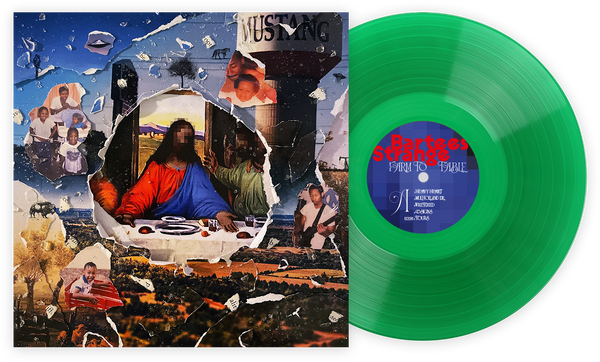The R&B we know of as R&B didn’t start out that way. The story of R&B as a unified sound starts in a variety of regional hubs—L.A., Miami, Memphis, Detroit and Chicago, among others—and those regional hubs’ labels and sound getting swallowed by major labels, and turned into one unified genre. There were benefits to both sides in this process; the regional hubs could watch stars like Sam and Dave and Otis Redding and the Temptations go from regional curios to mega stars, and the majors basically had their farm teams spread across the country.
New Orleans—always heralded as the birthplace of jazz—is often left out of the conversations of hubs for R&B music, but it boasted a couple powerhouse labels—Imperial Records and Minit Records—that made national stars out of Fats Domino, had Allen Toussaint in its roster of producers and songwriters, and in addition to making a star of Cher, had their own Queen of Soul: Irma Thomas, who went by the Soul Queen of New Orleans.
Thomas got her start at 19, as a twice-divorced mother of four trying to eke out a living for herself and hers. Her first single, released on a tiny label called Ron in New Orleans, was “Don’t Mess With My Man,” a witty, sassy song about how she found a better man than her husband, and she’s fine with women taking the latter, but not the former. The screaming saxophones are a nod to the Second Line inspiration for a lot of New Orleans R&B:
After the song went to No. 22 on the Billboard R&B charts despite being mostly a regional hit, Irma was signed to the slightly bigger Minit Records, which promptly paired her with Allen Toussaint, and which led to “Ruler of My Heart,” a single most famous for it being ripped off by a young Otis Redding for his debut single “Pain in My Heart.” Otis was banking on no one in the Stax stable hearing the song—which was only a hit in the New Orleans region—and it worked. If Redding doesn’t shoot his shot and sing his version for the guys at Stax, who’s to say he even gets to be as big a star as he was.
In the early ’60s, Minit was absorbed into the Imperial Records fold. Imperial was the powerhouse of New Orleans music, launched by the twin commercial juggernauts of Fats Domino and the country star Ricky Nelson. The purchase of Minit was partially because Imperial lost both performers to major labels, and partially because Minit was having huge hits with Thomas and performers like Ernie K-Doe. Once signed to Imperial, it was off to the races for Thomas’ career; her debut 1964 single for the label was “Wish Someone Would Care,” which became the lead and title track for her debut LP.
She wrote the song herself, a delicate ballad produced by unsung production hero H.B. Barnum, who mixes New Orleans touches with more pop-leaning material. Thomas also wrote “Straight From the Heart,” a rousing ballad with organ lines that sound more delicate than crystal.
It’s the little moments on Wish Someone Would Care that make it consistently amazing. The way the xylophone and guitar interplay on “I Need Your Love So Bad.” The way that Thomas set the precedence for every “Time Is On My Side” cover. Her wounded phrasing on “I Need You So.” The way “Another Woman’s Man” feels like it’s delivered in a rainstorm on the worst day in New Orleans history.
Thomas made one more album for Imperial before taking a bit of a hiatus. She recorded consistently in the ’70s, ’80s and ’90s, but had arguably her biggest success ever in 2007, a full 53 years after Wish Someone Would Care. In 2007, Irma’s album in tribute to New Orleans post-Katrina, After the Rain, won her a Blues Grammy. She still intermittently performs today, at the age of 76.
Andrew Winistorfer is Senior Director of Music and Editorial at Vinyl Me, Please, and a writer and editor of their books, 100 Albums You Need in Your Collection and The Best Record Stores in the United States. He’s written Listening Notes for more than 30 VMP releases, co-produced multiple VMP Anthologies, and executive produced the VMP Anthologies The Story of Vanguard, The Story of Willie Nelson, Miles Davis: The Electric Years and The Story of Waylon Jennings. He lives in Saint Paul, Minnesota.




